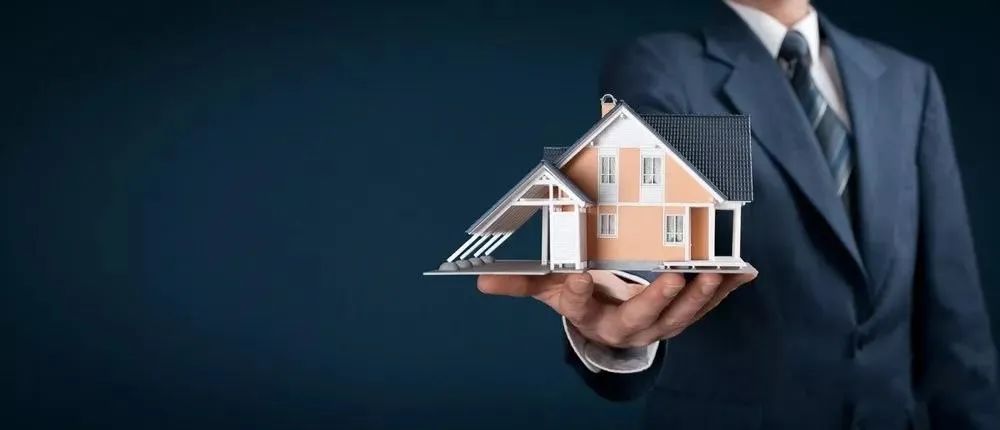With the real estate boom in the United States, more and more discerning Chinese investors have set their sights on this rising market.However, most people have insufficient funds in their overseas accounts when they have their favorite properties, and they have to resort to loans to achieve their goals.

Faced with the different loan methods and types in China, many people must be troubled, such as:
What are the different types of mortgages for buying a house in the United States?
What is Fixed-rate Mortgage?
What does Adjustable-rate Mortgages mean?
What are Hybrid Loans, Balloon Loans, Interest-only Mortgages?
What is the difference between a fixed rate mortgage and an adjustable rate mortgage?
What is the difference between ordinary loans and large loans?
What are the handling fees for loans?
Today, the editor will lead you to understand the types of housing loans in the United States and help you realize your American investment dream.
Many Chinese buyers choose Mortgage to buy a house in the United States.
What is Mortgage?
Mortgage is a payment method for buying a house with a loan in the United States. The loan bank provides the buyer with this loan to fill the gap between the down payment and the actual house price.
US home loans require buyers to repay their debts every month. Loans include Interest and Principal.
Interest is the price that buyers must pay to use the money borrowed by the lending bank. For the lending bank, interest is a special form of profit conversion.The principal is the original amount lent to the buyer by the lending bank before calculating the interest rate.
If the buyer's cash down payment (advance payment) is less than 20% of the house purchase price, the lending bank can force the buyer to establish a third-party account (escrow account or Impound account).Buyers need to pay monthly fees through this third-party escrow account, such as real estate tax, land tax and various housing insurance expenses.
The mortgage will be added to the account to pay for expenses.As tax rates and insurance premiums fluctuate, the money in this account will also decrease. The lender will conduct an annual review to ensure that there are sufficient funds to cover the expenses.
Knowing how to choose the right home loan can help buyers become a financially relaxed homeowner in the coming years.At the same time, buyers also need to understand how to obtain the most favorable terms for themselves when doing housing loan transactions, and how to avoid paying more interest expenses.
If you do not have a clear understanding of the housing loan, when the housing loan is paid off, it is not uncommon to find that the total amount of interest paid to the lender has far exceeded the principal of buying a house.
For example, suppose that the buyer borrowed a home loan of US$144,000 and paid US$36,000 as a down payment to purchase an ideal home of US$180,000.If the buyer's $144,000 mortgage is a 30-year fixed-rate mortgage with an interest rate of 7%, the buyer will need to pay up to $200,892 in interest during the loan period. This is not only a huge interest expense, but also larger than the original loan principal amount borrowed by the buyer!
Therefore, it is recommended that buyers not over apply for loans, but only look for housing loans that best meet their needs.So, what type of housing loan is right for you? Now is the time to start understanding the options for housing loan.
Like other financial and investment products, buyers can choose different types of housing loans.The differences between these different types of housing loans can be large or small, and interest rates can be high or low.
Basic mortgage types: Fixed-rate Mortgages & Adjustable-rate Mortgages.
Two different basic mortgage types: Fixed-rate Mortgage,referred to as "FRMs"; and Adjustable-rate Mortgage, referred to as "ARMs".The main difference between these two types of housing loans is how the loan interest rate is determined. Before the advent of adjustable-rate loans, only fixed-rate loans existed.
A fixed-rate loan means that the loan interest rate is fixed throughout the loan period.Fixed-rate loans usually have low interest rates and prescribed housing insurance. The general loan term is 30 years, and the loan term is highly predictable.Applicants need to have a stable and good historical credit record, and the down payment is not less than 5% of the house price. Fixed-rate loans are generally suitable for people who plan to live or hold the property for a long time.
The interest rate of a variable rate loan (ARM) will change at various predetermined time periods in the entire repayment cycle, usually every 6 to 12 months, but it may also change frequently every month. Poor predictability.Generally, the interest rate of a general floating-rate loan is fixed in the first few years and the interest rate is generally lower than the fixed interest rate, and then the interest rate fluctuates, but there is a certain upper limit for the interest rate fluctuation in two adjacent time periods.Applicants also need to have a stable and good historical credit record, and the down payment is not less than 5% of the house price.If you only intend to live or hold property for a short period of time, you can consider using a floating rate loan with a very low short-term interest rate, and you can sell the real estate after interest rates begin to fluctuate, but the property may depreciate, increase in increments, and the assets cannot be sold, so you need to bear High interest rates.



Write A Comment